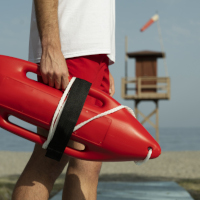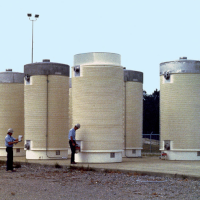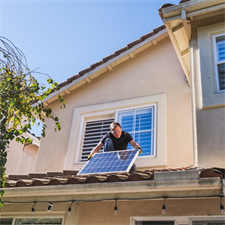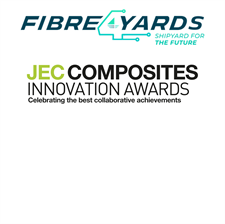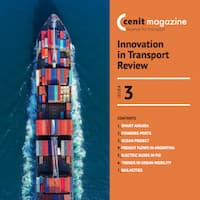news
CIMNE, among the ten catalan institutions most awarded by the ERC grants
 In January 2019, the Agency for Management of University and Research Grants (AGAUR) has presented the “Fact Sheet ERC-Catalonia” to analyse the impact of ERC grants in the Catalonian research funding. This study drawn up by AGAUR is based on data provided by the European Research Council (ERC).
In January 2019, the Agency for Management of University and Research Grants (AGAUR) has presented the “Fact Sheet ERC-Catalonia” to analyse the impact of ERC grants in the Catalonian research funding. This study drawn up by AGAUR is based on data provided by the European Research Council (ERC).
These grants, directed to high risk projects, are open to researchers from all nationalities based on an European research institution, with a minimum of 50% dedication hours in Europe. During the period 2007/2018 Catalonia has been awarded with 307 grants, a figure that represents the 3,17% of the European Research Area (ERA), defined as an unified area open to the world, in which scientific knowledge, technology and researchers circulate freely. It has to be highlighted that Catalonia has won the 52% of the total of the grants by ERC awarded to Spain.

16 Catalan institutions concentrates the 83% of the grants (with a minimum of 6), and there are 41 in total the Catalan entities that has been awarded with at least 1 ERC grant. CIMNE is among the top ten of this list, with 10 grants awarded. The list is headed by the UPF, with a total of 40 grants.
The study also filters the % ERC grants of Catalan Institutions in the total of ERA space by type of grants: Starting Grants (2,6% of the ERA), Consolidator Grants (3,3% of the ERA), and Advanced Grants (2,6% of the ERA), which take into account the expertise of Principal Investigator; Proof of Concept Grants (7,4% of the ERA), to cover activities at the very early stage of turning research outputs into a commercial or socially valuable proposition; and Synergy Grants (5,9% of the ERA), to group of two to maximum four Principal Investigators (PIs) working together and bringing different skills and resources to tackle ambitious research problems.
By gender, the projects leaded by women decreases in Advanced Grants (12%), meanwhile Starting Grants exceeds the 20% and Consolidator Grants arrives to the 29%.
Read the full "Fact Sheet ERC-Catalunya" (Information in Catalan)
Qualitative Evaluation of Completed Projects funded by the European Research Council (2016)

